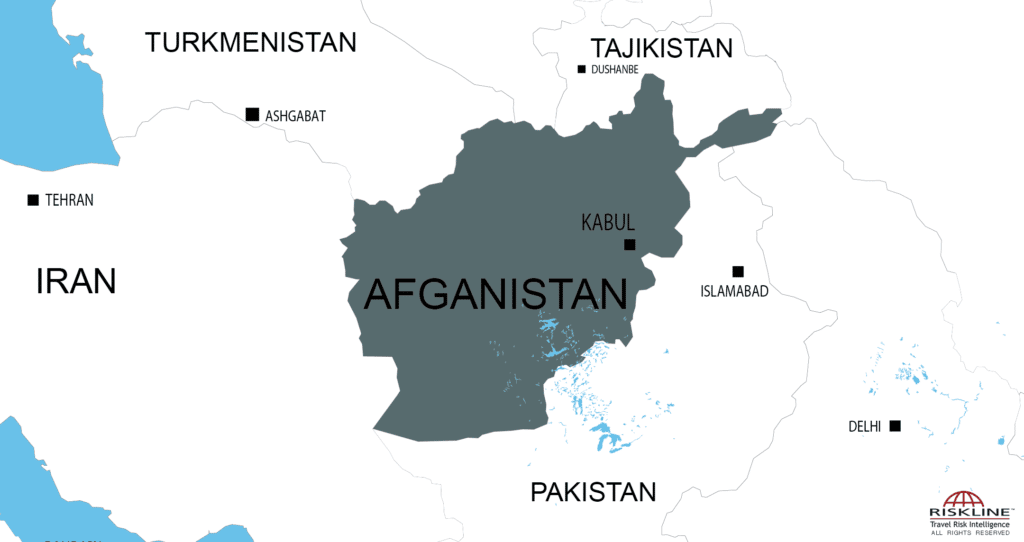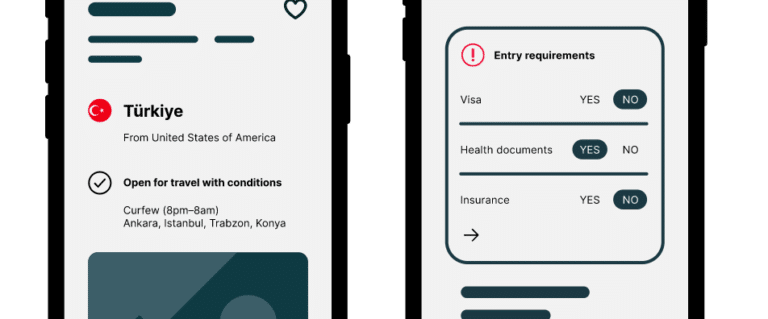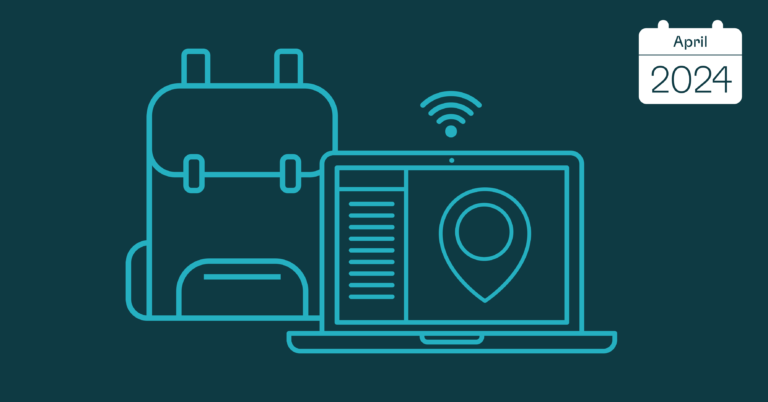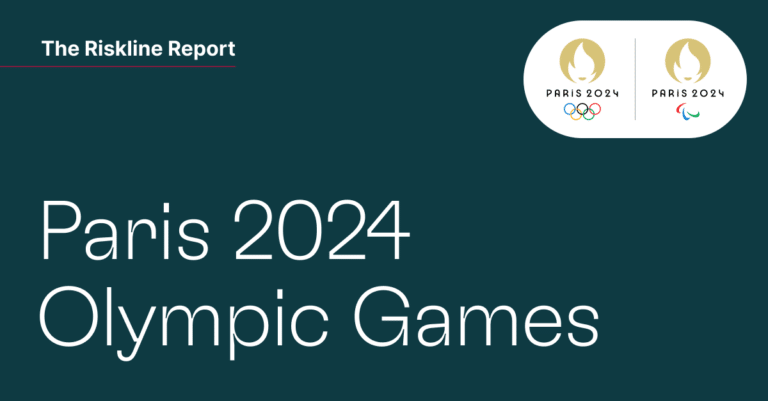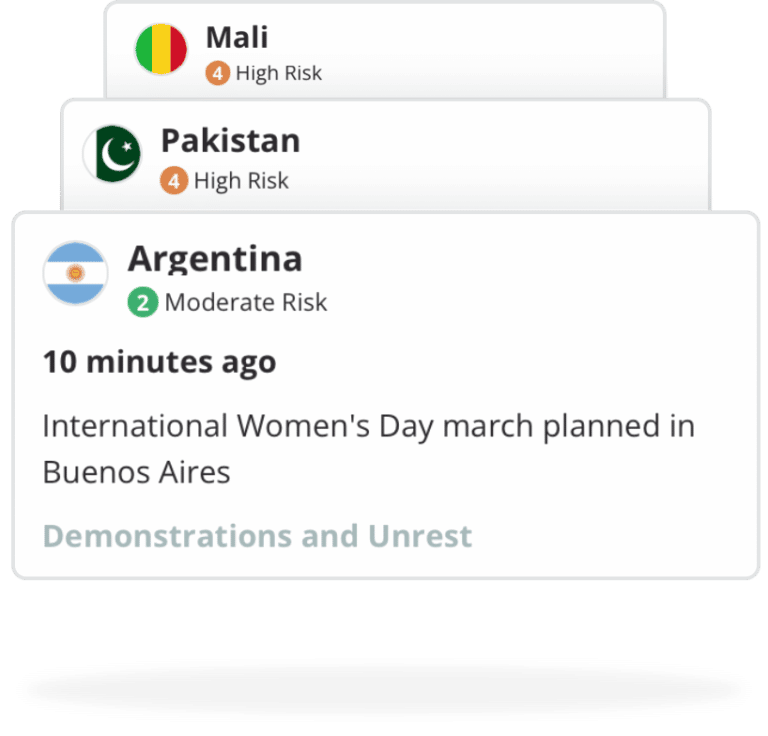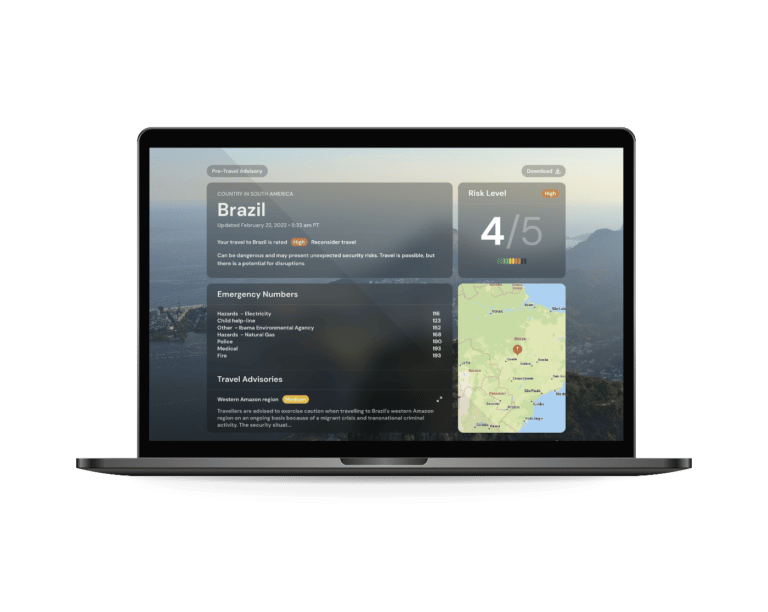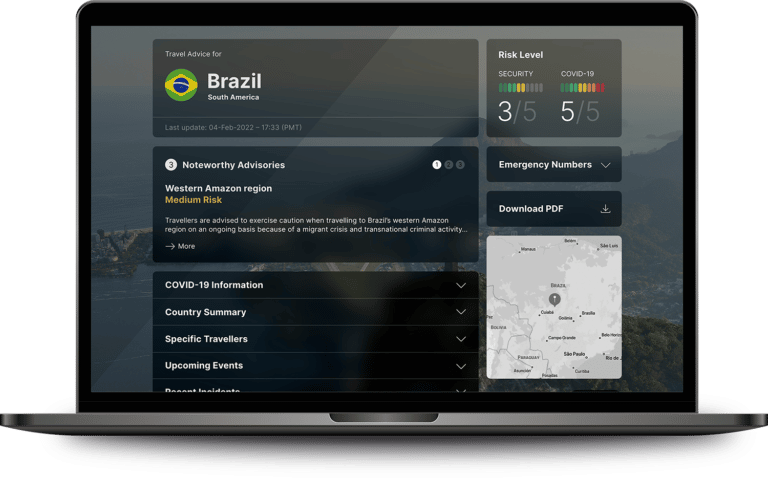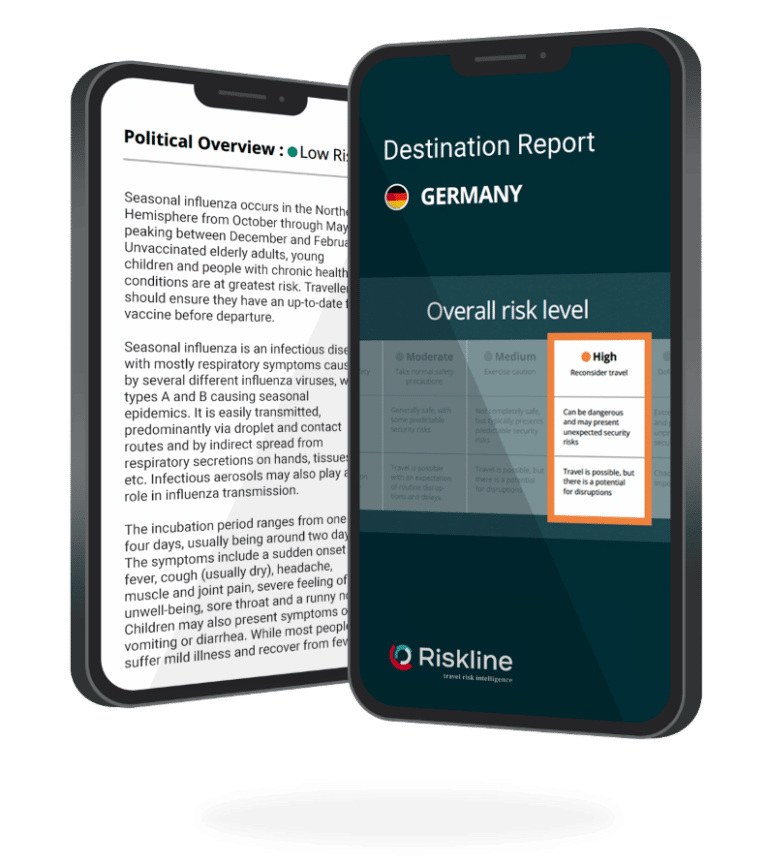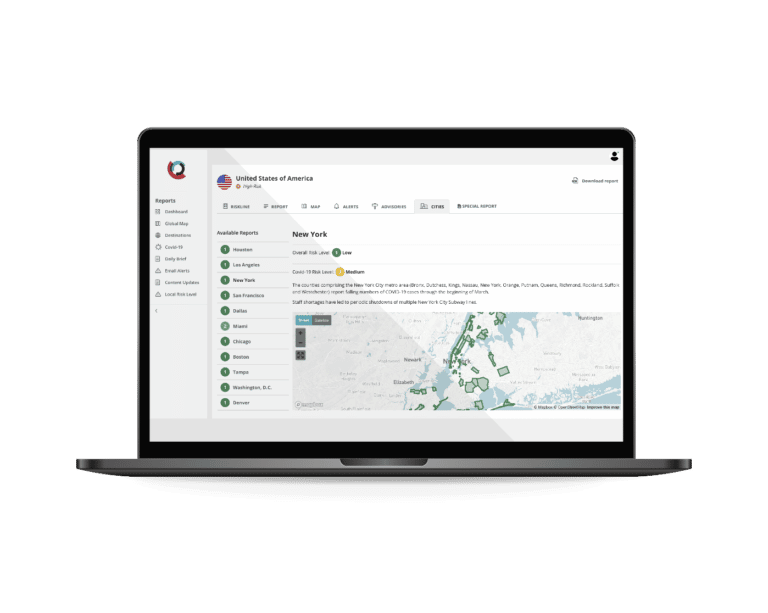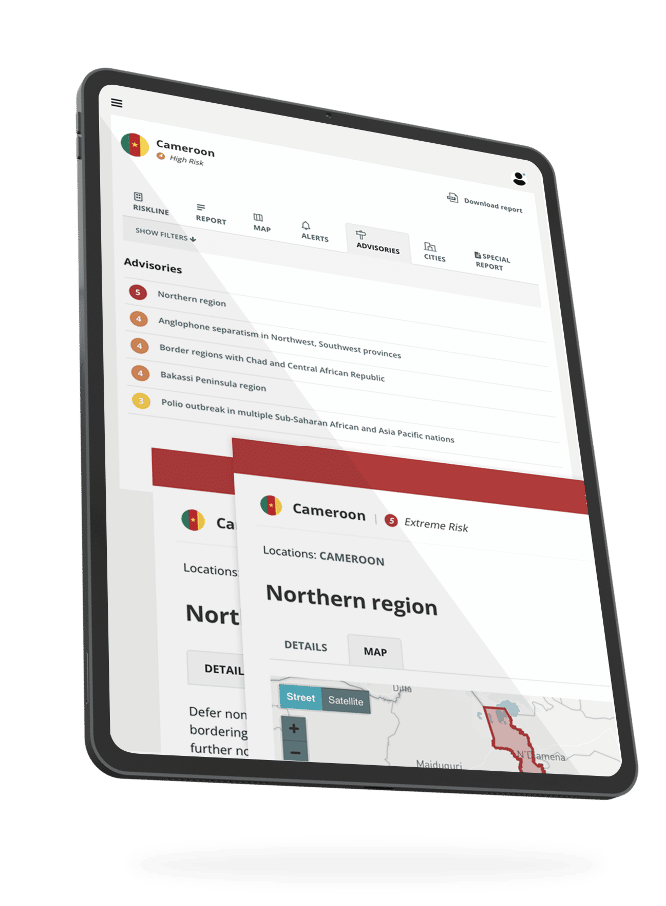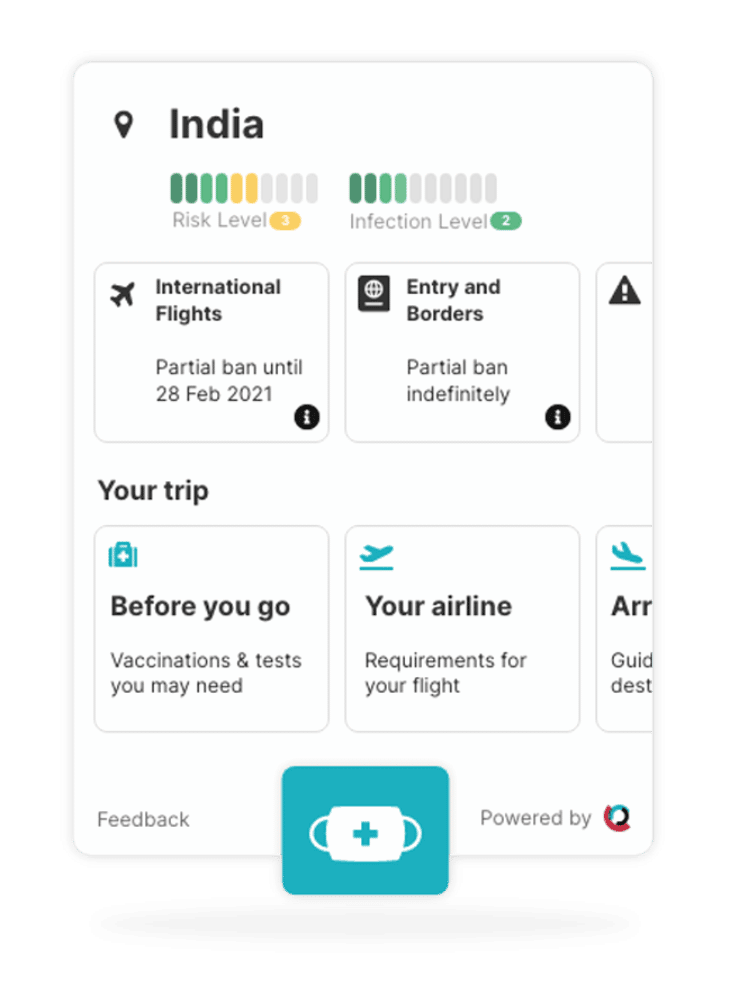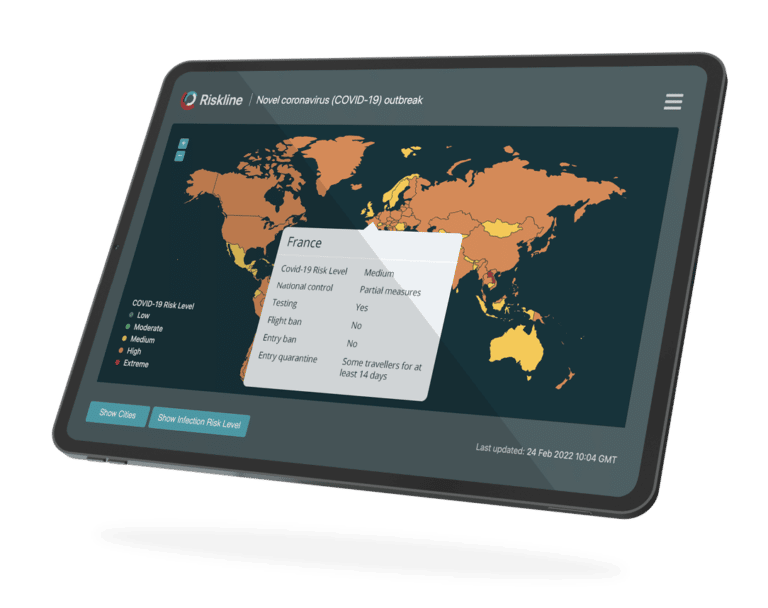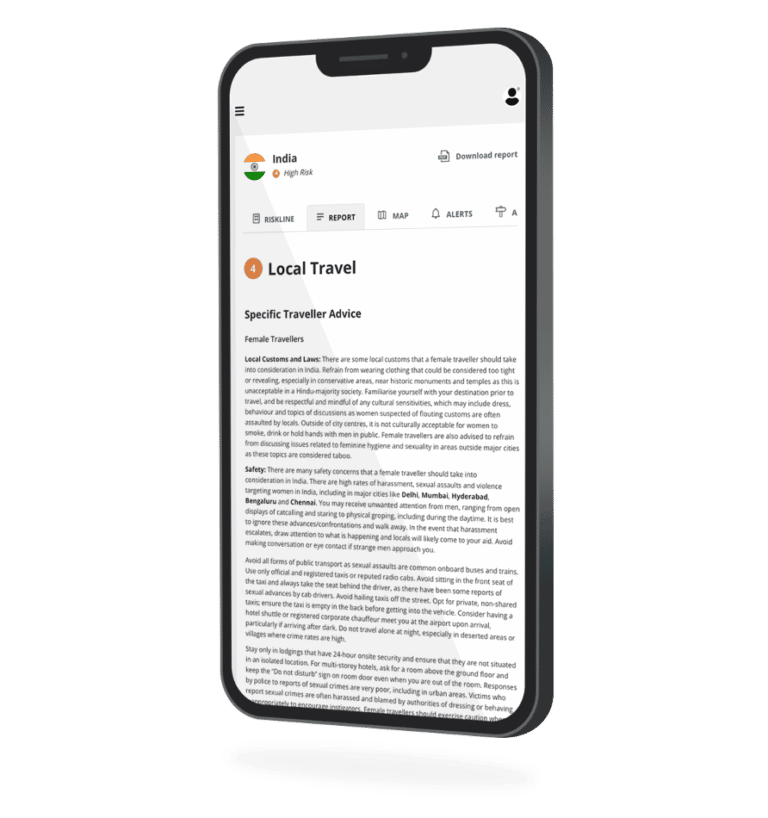On 13 April 2017, United States (US) military forces dropped a GBU-43 munition, the largest conventional bomb ever used in a combat, on an Islamic State (IS) tunnel in Afghanistan’s Nangarhar province, killing over 90 militants. However, this show of force did not deter militancy, with IS and Taliban fighters taking control of several districts in Nangarhar, Badakhshan, Uruzgan and Kunduz provinces in subsequent days. At the same time, Taliban infighting and clashes with IS have been ongoing in Nangarhar, Herat and Jawzjan provinces since 23 April. Six days later, around 300 US Marines were sent to Helmand province, their first deployment to the province since leaving in 2014, as part of the North Atlantic Treaty Organisation’s (NATO) mission to assist government forces to counter terrorism. At the same time, Pentagon officials are considering a plan to send an additional 5,000 US troops to Afghanistan in response to a surge in violence in 2017. This roadmap has many onlookers wondering if increasing US boots on the ground could improve the security situation in Afghanistan or simply make things worse.
These latest proposals to increase US military presence in Afghanistan echo some bitter security failures between 2001 and 2014. After the initial battlefield success when US-led coalition forces toppled the Taliban government in 2001, former President Barack Obama deployed an additional 68,000 soldiers in 2009-10 to counter an increasingly violent insurgency across Afghanistan. Later, around 9,000 troops remained in Afghanistan even after the US officially ended its war in 2014, to serve as military advisers and train security forces. While these measures provided short-term relief, they failed to fully defeat the Taliban or check the rise of IS since 2015. Over 11,418 civilian casualties from terror attacks were recorded by the United Nations in 2016, the largest number in nearly a decade. More recently, the Taliban’s brazen assault on an Afghan military base in Balkh province on 21 April 2017 left over 140 soldiers dead.
US troops serving as ‘advisers’ in Afghanistan have admitted that it is not a lack of skills or training on the part of Afghan forces that affect their ability to prevent or respond to security incidents – it is more a matter of endemic corruption among military officials and police that has led to high attrition rates, casualties and defections to the Taliban, thereby limiting the capabilities of government troops. The security situation is worsened by weak governance on the part of the National Unity Government (NUG), which came into existence in October 2014 through a deal brokered by former US Secretary of State John Kerry. The power sharing deal between President Ashraf Ghani and Chief Executive Officer Abdullah Abdullah has failed to foster cooperation between the leaders on issues of internal security and development. Against this backdrop, simply adding more troops does not address any of the issues plaguing the security situation; the US needs to bring new strategies to the table this time around.
Despite past failures and prevailing challenges, President Donald Trump is likely to approve the Pentagon’s plan to send additional combat troops to Afghanistan in the near-term, accelerating a trend of recent deployments to Helmand and other parts of the world, including Syria and Yemen. Furthermore, the US has called upon NATO allies to also contribute troops to Afghanistan. While both of Afghanistan’s leaders, Ghani and Abdullah, have voiced support for additional troops, liaising with two politicians who are constantly locking horns will be challenging for US military leaders on the ground. Public opinion on this issue is also quite divided. Many are desperate for additional security in any form, but also seek a long-term solution to end Taliban insurgency and drive out IS. Increasing foreign intervention could serve as an incentive for terror networks to step up attacks, and further military operations to quell them could result in increased civilian casualties, worsening the conflict in the long-term. Many Afghans are also resentful of the perceived high level of US funding to neighbouring Pakistan, which is considered a haven for militants operating in Afghanistan. The US will have to address these issues while simultaneously ramping up military operations in the country. The best way forward is for the US and Afghan government to work together on long-term strategies, without the US coming across as being overly invasive. While combat measures to tackle the Taliban and IS are imperative, improving infrastructure, governance and quelling corruption are equally important, and the US needs to make positive contributions in these areas to turn another Afghanistan mission into a success for both parties.

